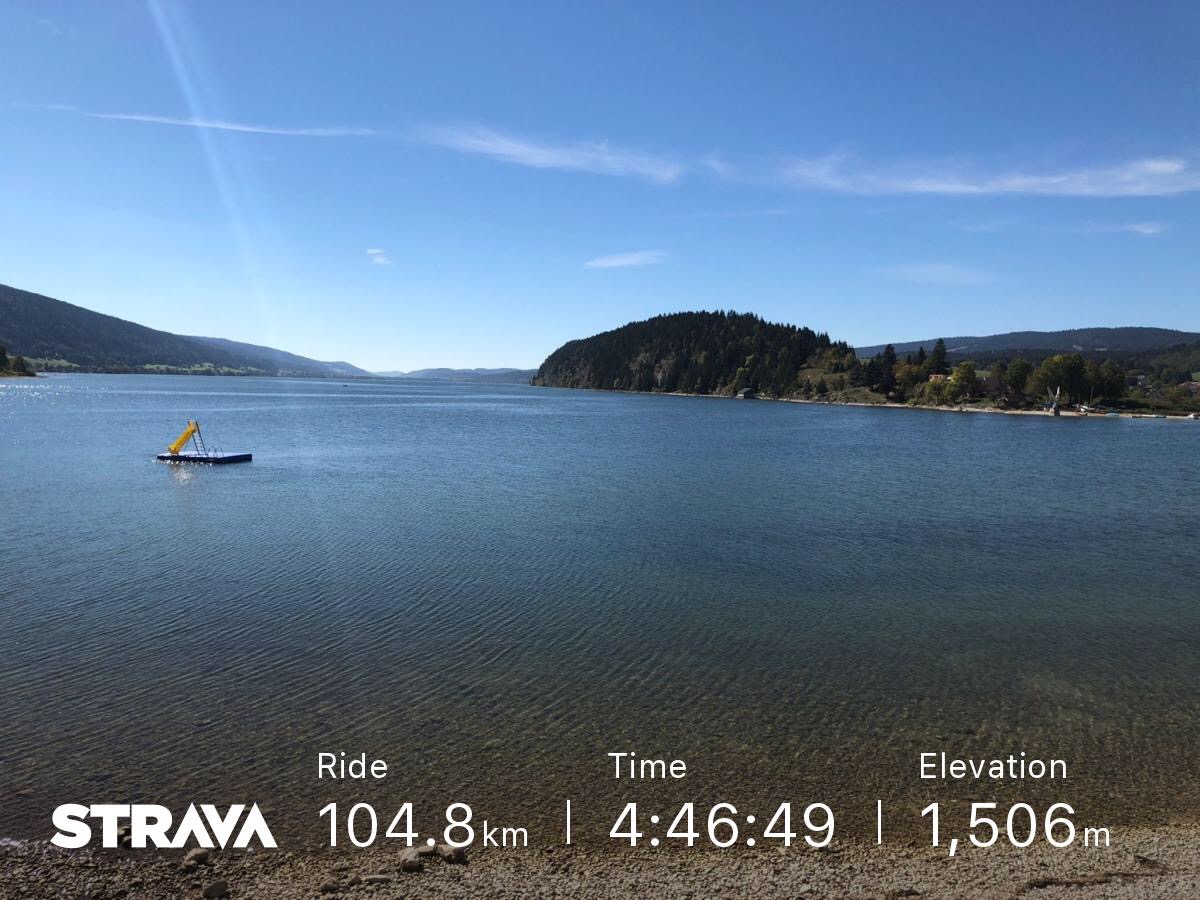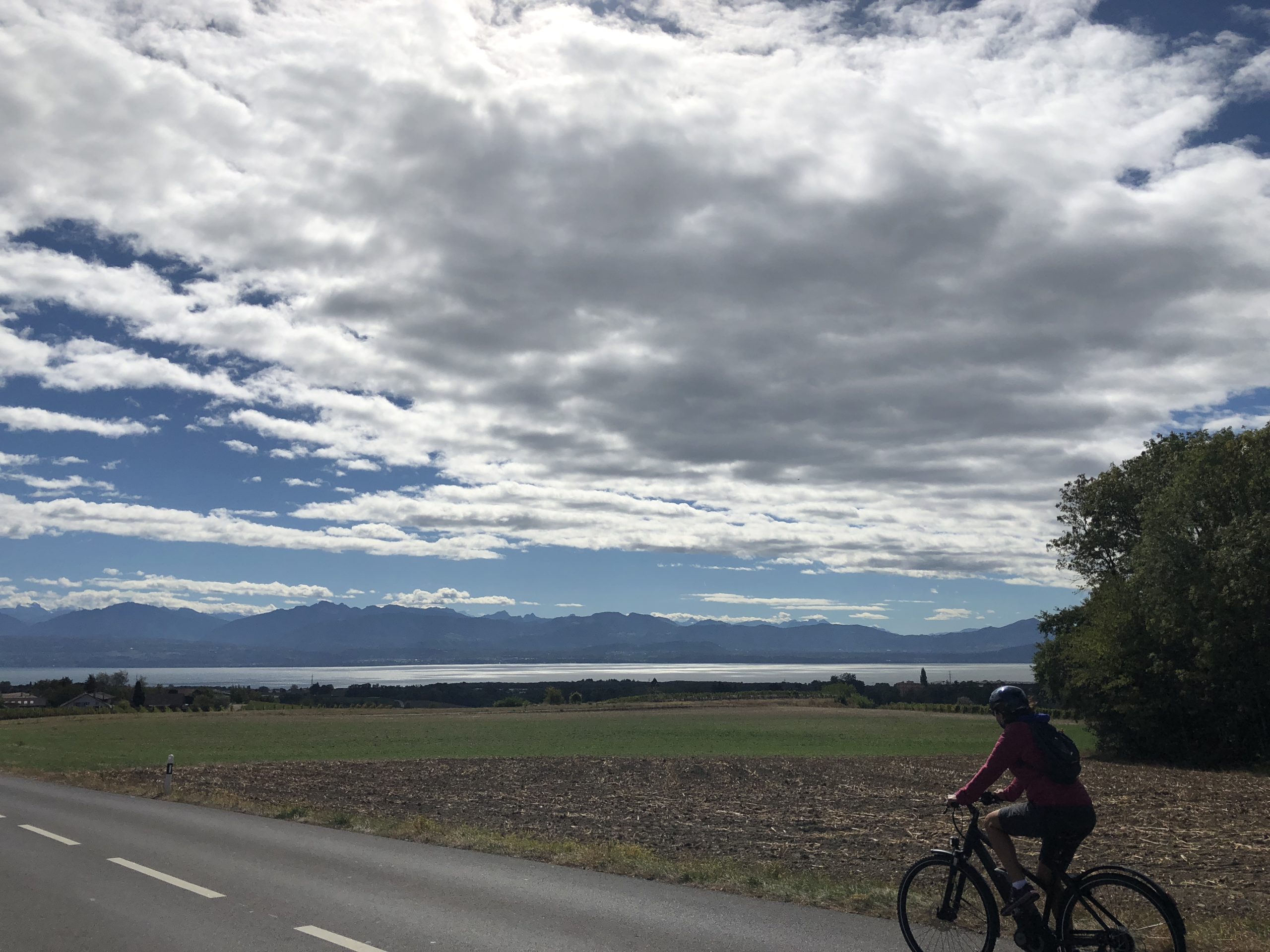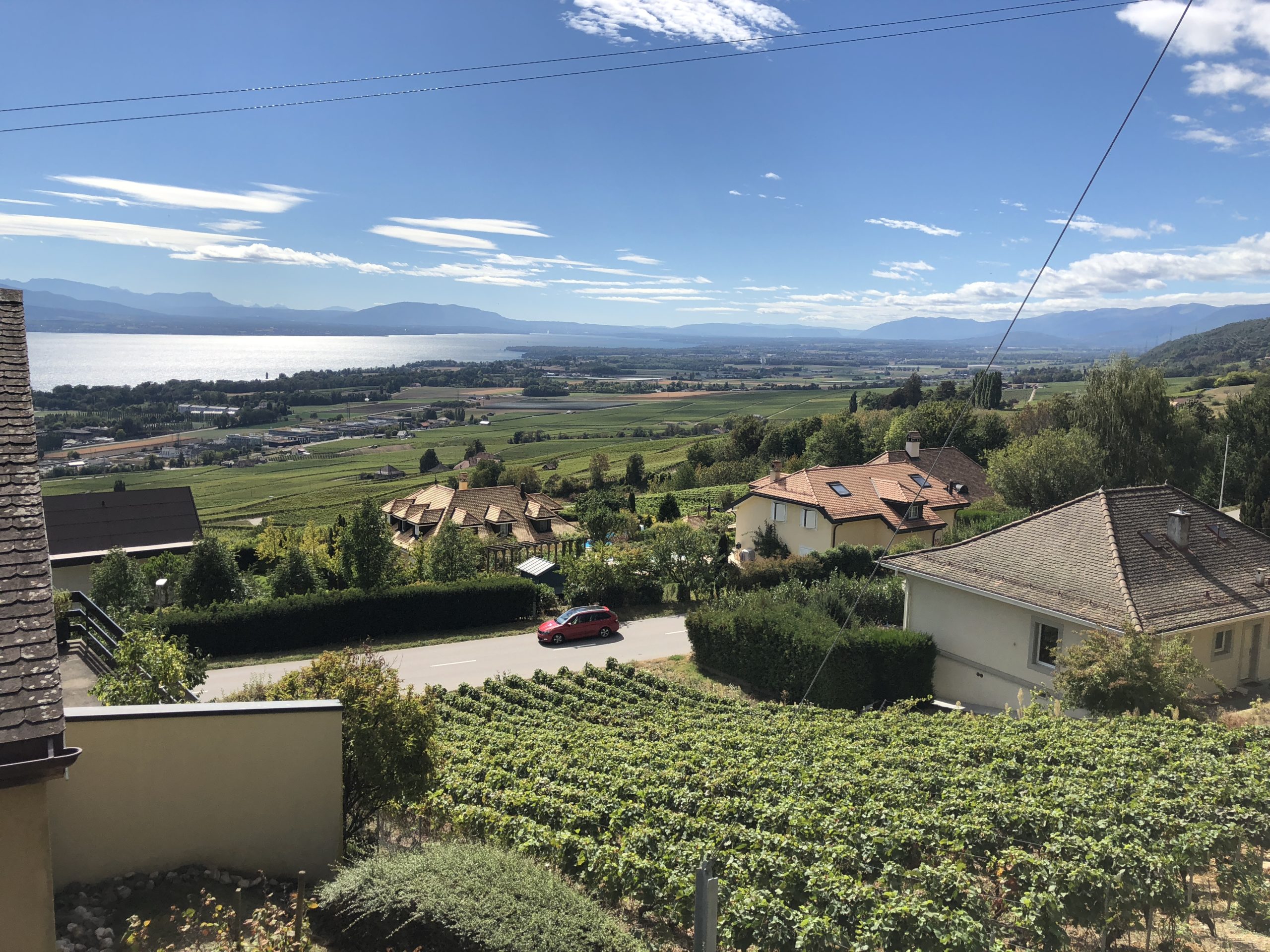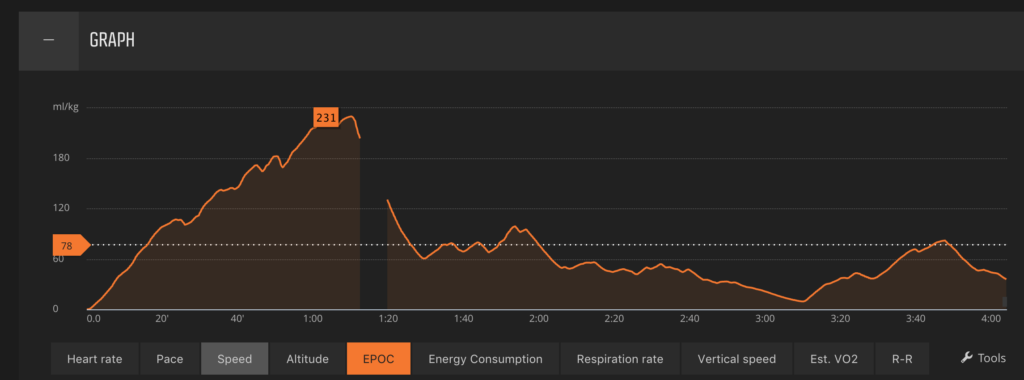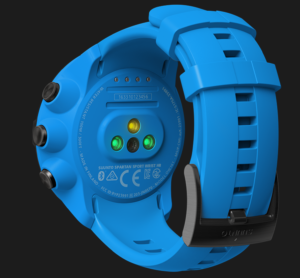This summer I was thinking of buying a car until I found out that my contract break was for six months rather than three. As a result of this my ability to buy my own car vanished. I used the scooter, my feet and eventually the bike to travel thousands of kilometres.
I rode the scooter for at least four thousand kilometres and I cycled for around 1000km. I also hiked
Self powered Break this year
This year I have logged 121hrs of moves over 1500 km and 19395 metres in vertical movement. This breaks down to 57hrs and 45 minutes of cycling, 42 hours of hiking, 7hrs of walking, 4:34 of indoor cycling, hrs of climbing and one hour of aerobics.
This comes to 11772km cycling, 197.2 km hiking, 56.48km running, 47km on an indoor trainer and 20km trekking
I have ascended 19395 metres in total of which 14981 metres cycling, 3721m hiking, 338m running and the rest climbing or on foot. I didn’t climb much as climbing usually requires a car to get to climbing sites.
This comes to a total of 74419 kcal. On bike rides and hikes I have burned up to 2500 calories in a single day.
What I learned
By cycling so much I have really grown to appreciate what the arc Lemanic has to offer to cyclists. I found that if you take agricultural roads and if you head away from the main roads you can spend hours without cars driving next to you. I developed the stamina to cycle up cols and once at the top ranged further. I ranged from La Faucille to St Cergue and from Mollendruz to St Cergue. I also ranged around the Bière region discovering that there are a lot of nice roads for cyclists who want the pleasure of cycling without the drawback of cars.
I also walked in the area around Nyon towards Crassier, La Dole, Prangins and further. I saw that there are a few places where you can pick up local produce such as apples, apple juice, grapes, eggs and other products. If you’re willing to carry litres of apple juice you can also purchase it straight from the producer.
Less social
The single drawback to having such a sporty summer locally is that I did not participate in many group activities. In fact this summer I only did one organised group activity so it was one of the most solitary summers in recent years. Poetically I did walk by a path taken by a path Jean Jacques Rousseau walked along. I got to experience the Daydreams of the Solitary Walker first hand.
Conclusion
At the beginning of the summer my goal was to go on a twenty one day hike along a section of the Via Alpina and I was tempted to try an organised seven day hike either in the Dolomites or around the Mont Blanc but due to commitments every two to three weeks and restricted access to a car the logistics would have been more complicated. Instead I took advantage of what was on offer locally. For years I had the goal of extending my cycling range and I had often thought of walking up to La Dole from the foot of the Jura. This year I accomplished those goals.
I also explored the landscape in a way that I would not otherwise have done. I settled with what was on offer locally and I wore out a pair of shoes in the process. They now have holes in their soles.
I estimate that without counting other trips I would drive 4800km to do activities to do sports. This summer I drove less than one hundred on a scooter for one group hike. That’s a great environmental saving.


